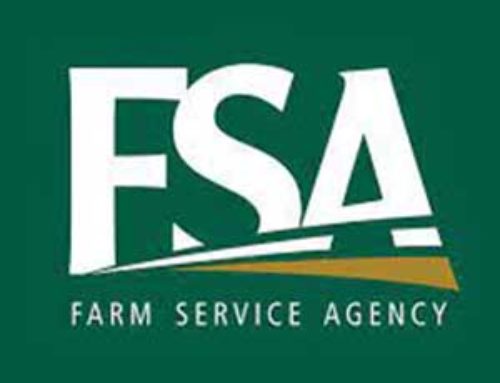Pest management has become extremely complex—not just because of new products that work differently from the old pesticides, but also because of marketing and regulatory issues, observes Dr. Mike Willett, vice president for scientific affairs at the Northwest Horticultural Council.
Speaking at a Washington State University Fruit School this winter, Willett said one of the Hort Council’s roles is to try to reduce the complexity introduced into pest management by the regulatory aspects.
"It’s a big world, and there’s a lot more folks involved in determining how you farm than ever before," he said.
Regulations and standards imposed by other countries can have a major impact on Washington producers’ ability to sell their fruit. Apples are exported to 55 countries around the world. About 30 percent of the state’s apples, pears, and cherries are exported.
Many of the quarantine concerns that face the industry in export markets today grew out of the General Agreement on Tariffs and Trade (GATT), which became the World Trade Organization, Willett explained. Those organizations reduced trade tariffs around the world but allowed countries to set standards to address their phytosanitary concerns.
One of the major concerns for Washington apple growers today is Taiwan’s protocol concerning codling moth. The entire industry can be shut out of the market after three separate detections of codling moths in a season. The export workplan requires sampling of fruit in orchards, so that blocks with a high risk of infestation can be eliminated from the program, and inspection and cutting of fruit at the warehouse.
Woolly apple aphid has become a quarantine concern in recent years. A couple of shippers were suspended from shipping apples into China after dead aphids were detected in fruit shipments.
Fast track
One challenge for the industry is to make sure it has the tools to control pests to the level required by export markets, Willett said. New products have become available in the United States to replace the old broad-spectrum pesticides, often through a fast-track registration process for reduced-risk chemicals.
But there are drawbacks to this, Willett said. Often, products come on the market before they have been extensively tested in the field to assess which are the target pests, the level of control they provide, and the best times to use them.
Another problem is that the materials might not be registered in other countries, and if those countries don’t have maximum residue levels established for the active ingredients, imports of treated products might not be accepted. MRLs can vary considerably from country to country. Only about 30 percent of Washington’s top-ten markets defer to Codex standards, Willett said.
Other requirements are driven by certification agencies, not governments, and it is difficult to inject rationality and science into the process, he said. In Europe, which is a major market, many retailers impose their own standards in terms of food safety and pesticide residues. It’s not unusual for a packer to go through five or six audits just to be able to export to Europe, Willett said.
Meeting export standards requires good communication all the way from the marketer to the warehouse to the field, he added. "If you don’t have someone making sure that communication occurs right from the start of the season, you could end up with fruit you want to sell somewhere that has a product on it that’s not going to fly for that customer," he said.






Leave A Comment